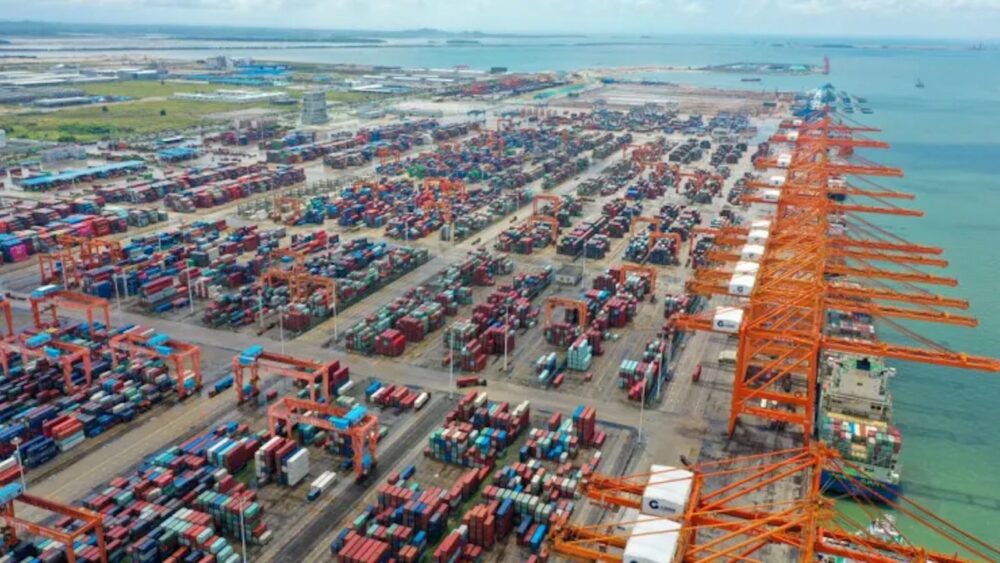A market correction in the ocean freight industry has hit much sooner than anticipated by logistics firm professionals. Rates for cargo leaving China destined for the U.S. West Coast were down 90% year-over-year in November 2022.
Alan Baer, CEO of OL USA, says shipping rates peaked in the second quarter of 2022. Since then, they have experienced a “steady decline,” he says. Regardless, said Alan, only time will tell whether the current decline is a sign of a larger downward trend.
During the first nine months of the year, major shipping lines reported almost $122 billion in profits despite the third quarter drop in prices, said Alan Murphy, CEO of Sea-Intelligence.
U.S. manufacturing orders from China are also down. Imports from Asia to the U.S. West Coast fell to their lowest level in October 2022, down 11% annually.
The Xeneta global XSI — an index that tracks the ocean freight contract market — fell 5.7% between October and November, the third consecutive monthly drop. According to Xeneta, it represents the “largest month-on-month drop” since the index was first published in 2019.
“For many carriers, the fall in the XSI will trigger the fall in their average rates and will bring an end to record-breaking quarters,” according to Xeneta chief analyst Peter Sand.
A dramatic drop in Chinese manufacturing orders and lower consumer demand means the shipping industry will continue to face a challenging environment, says Sand.
Consumers may begin to notice shipping delays beginning in January as carriers cancel sailings and rollover exports in an effort to consolidate shipments and better utilize the vessels, according to Joe Monaghan, the CEO of Worldwide Logistics Group.
The ocean freight industry has been a casualty of efforts by governmental economic entities around the world to tamp down inflation. Central banks across the globe, including the Federal Reserve in the United States, have been aggressively ratcheting up interest rates this year amid historically high inflation. The banks are attempting to slow economic growth, and the latest reading from the shipping sector may point to their effectiveness.
In recent years the story has focused on demand outstripping supply in the global economy. Store shelves sat empty as retailers were unable to procure inventory quickly enough. Now, the opposite is occurring. Demand has softened as prices of goods have skyrocketed.
The gloomy industry could worsen yet, according to Xeneta. The firm says 85% of clients plan to reduce ocean freight spending in 2023.
Falling demand is only one component affecting rates. Truck delivery delays and early manufacturing closures are also impacting prices. Worldwide Logistics says the decrease in orders is prompting Chinese factories to shut two weeks earlier than usual ahead of the Chinese Lunar New Year on January 21.
Another factor impacting lower rates is the substantial drop in fuel prices in recent months, according to Judah Levine, head of research for Freightos. Lower fuel costs translate to lower operating costs for the carrier, easing the pressure on the shipping companies.
Another ray of light for the shipping industry is that U.S. East Coast rates are still higher today compared to the period preceding the pandemic. In fact, rates from Asia to the U.S. East Coast are 32% higher than three years ago, while rates from Asia to the U.S. West Coast are down 5% over the same period.
Co-founder and CEO of online container logistics platform Container xChange, Christian Roeloffs, doesn’t see an end to suppressed freight rates anytime soon.
“In 2023, there is a high possibility of an all-out price war,” Roeloffs said.

